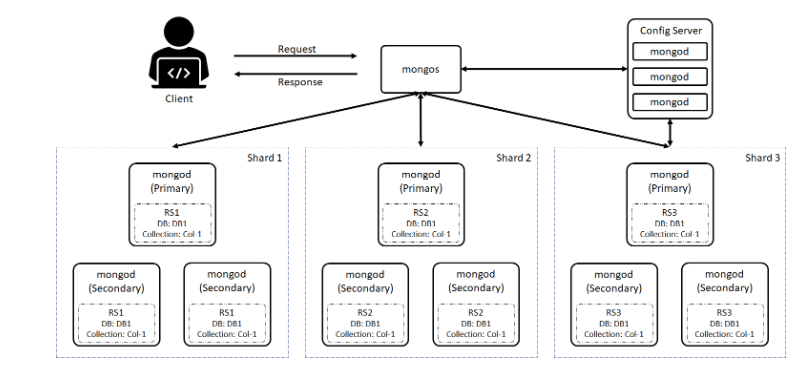Following Key Topics to Cover in MongoDB Database-
1) Introduction to NoSQL Databases
- Overview of NoSQL Database Concepts
- Types of NoSQL Databases
- Advantages of NoSQL over Traditional RDBMS
- Introduction to MongoDB
2) MongoDB Basics
- Installation and Configuration
- Working with MongoDB Shell
-
CRUD Operations (Create, Read, Update, Delete)
- Querying Data with MongoDB
3) Advanced MongoDB Features
- Indexes and Query Optimization
- Aggregation Framework
- Schema Design and Data Modeling
- Transactions and Atomicity
4) MongoDB Administration
- Security and Authentication
- Backup and Recovery Strategies
- Performance Monitoring and Tuning
- Scaling MongoDB Deployments
5) MongoDB Integration
-
Integration with Programming Languages (Node JS,
Python, etc.)
-
Integration with Frameworks (Express.js, Flask,
etc.)
-
Working with MongoDB Atlas (Cloud Database Service)
- Real-time Data Integration Techniques
6) Advanced Topics in MongoDB
- Geospatial Queries
- Text Search
- Change Streams and Event-Driven Architecture
- Security Best Practices for MongoDB
Mastering corporate MongoDB development equips
individuals to design, implement, and manage scalable
and flexible database solutions. This curriculum
covers core MongoDB concepts, advanced features,
administration tasks, integration techniques, and
security best practices. By understanding these
topics, you can contribute effectively to MongoDB
projects and enhance your career prospects in the
database management field.



